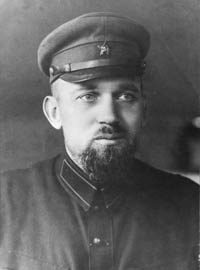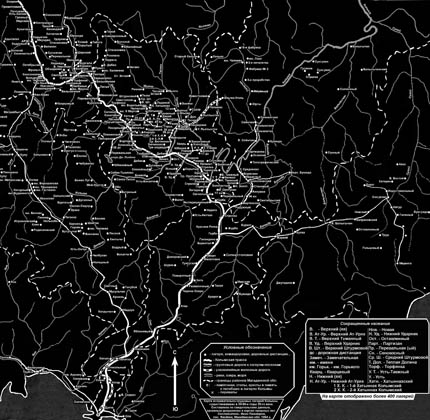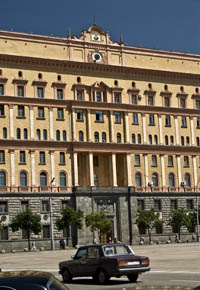|
The Berzin period
|

How much does a prisoner cost?
The Berzin years are remembered as Kolyma’s golden period. In one of Varlam Shalamov’s tales, a new group of prisoners are brought in and told what rations they will receive and what wages they will be paid. The speaker adds: “You will go back home in top hats.” Top hats were the symbol of capitalism in Soviet propaganda. It was difficult to find anything more extravagant in the Soviet idiom of the 1930s. It is true that Kolyma - except for the first year - was considered to be one of the better places in the Gulag, as long as Berzin was there. The rations were better, the wages higher and if you found a particularly big clump of gold, you could be freed before time. But Berzin could also be tough.
They tell me, though I have no evidence from the Americans, that Dalstroi traded directly with the United States, exchanging gold for modern mining equipment. On one occasion, when some of the equipment was being unloaded, a skip fell into the waters of Navaego Bay and the prisoners tried to fish it out of the icy depths. One of the officials went over to Berzin and said: “The men are dying, trying to save the skip. What should we do?” Berzin asked a question: “What does a skip cost in gold rubles?” The man replied. Berzin asked another question: “What does it cost in gold rubles to get a prisoner out here?” The man answered. Berzin asked conclusively: “Then why do you ask?”

Berzin had a Rolls Royce. It was his only real privilege. It was probably originally Felix Dzerzhinsky’s car. He had got it from Nadyezda Krupskaya, Lenin’s widow. The documentation is fading into the mists but a Rolls was not a common sight in the Soviet Union. Apart from that, Berzin had a wooden house, just next to the site of today’s theatre. Nothing to write home about today but it was luxury in Kolyma.
Berzin appreciated the fine arts. From a trip to the United States, he had brought back a gramophone and on a later journey to Italy he brought records with Italian operas home to Kolyma. He had also traveled a few times to Europe, to England, to Holland and at least once to Italy.
In other words, Berzin’s life was hardly extravagant but it was not modest either. In comparison with living standards in the Soviet Union, he was certainly among the elite.
The downfall
In 1937, the ”Great Purge” started in Moscow. Stalin purged everything and everyone he remotely suspected of opposition. The party, the army, educational institutions, technicians, specialists and diplomats, they were all purged, even while the “kulaks” were hunted down in the Ukraine and elsewhere. The whole system was falling apart.
Berzin’s people were purged too and new officials were sent out to replace them. Berzin himself lost practically all his responsibilities. Rumour has it that he was called to Moscow to receive the Order of Lenin from Stalin himself. Berzin had completed the road to Seimcham and from 1932 to 1937, he had aimed at doubling gold production each and every year. Those were the grounds for his award but the truth is that it was now his turn to be purged and was therefore wanted in Moscow.
That’s the rumour. And even if the truth is not quite like that, it is no less spectacular. The real story is that Berzin was given a holiday to Italy together with his family. He cleared his desk and sailed on the “Felix Dzerzhinsky” to Vladivostok from where he took the train to Moscow. Just outside Moscow he was arrested and half a year later, on 1 August 1938, he was executed in Lubianka, the NKVD headquarters. His family survived and his daughter died only recently. His son became a soldier and, in 1943, was reported missing on the front at Stalingrad.
Next: Regime of Terror

